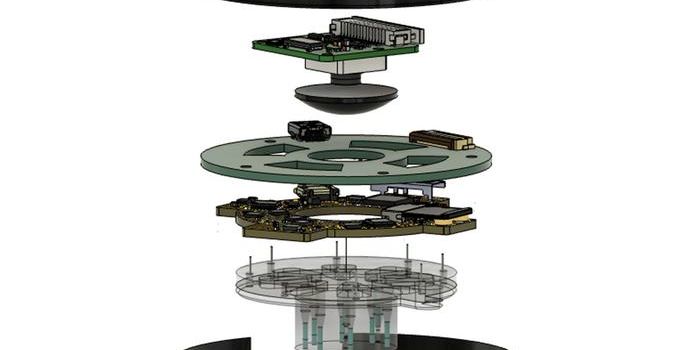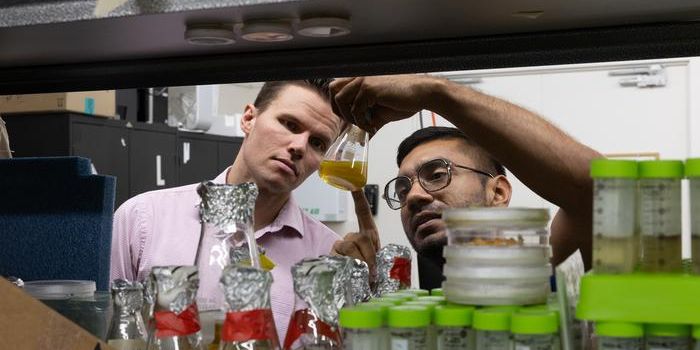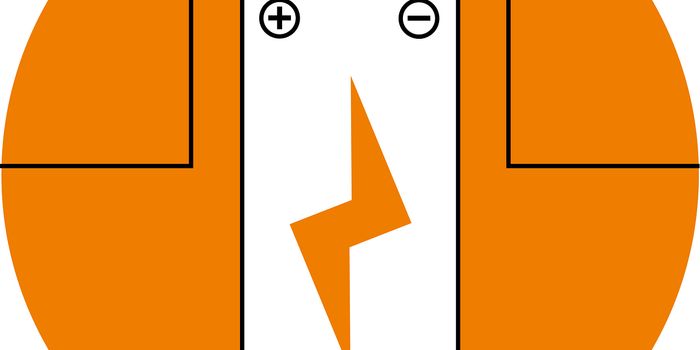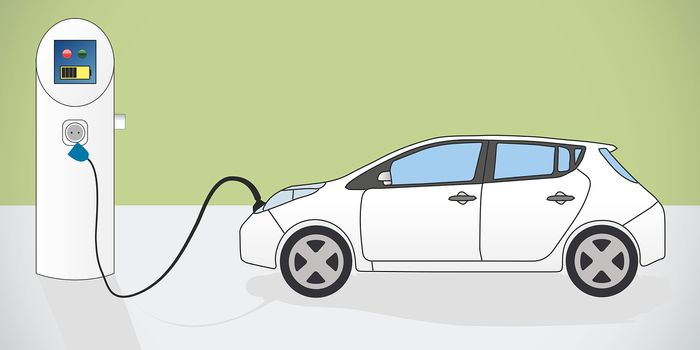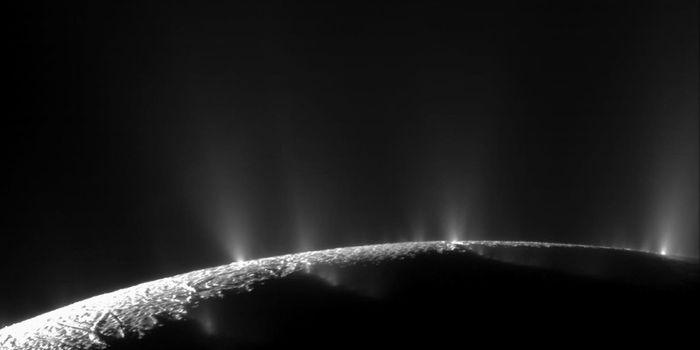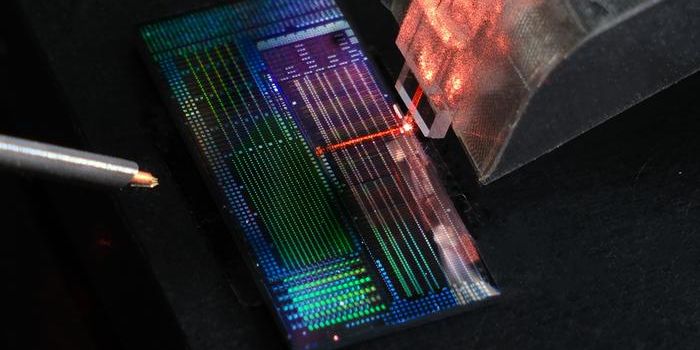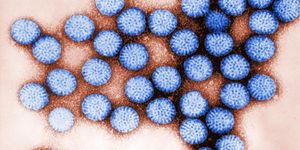New material removes copper ions from wastewater
A promising solution relies on materials that capture heavy metal atoms, such as copper ions, from wastewater through a separation process called adsorption. But commercially available copper-ion-capture products still lack the chemical specificity and load capacity to precisely separate heavy metals from water.
Scientists from the Department of Energy's Lawrence Berkeley National Laboratory report their new development of a material that improves the adsorption of heavy metal copper ions from wastewater. The material, ZIOS (zinc imidazole salicylaldoxime), detects and attaches to copper ions in wastewater faster and more accurately than previous methods that have attempted to do so.
The new copper-ion-capture material holds major potential as a water-remediation technology. "ZIOS has a high adsorption capacity and the fastest copper adsorption kinetics of any material known so far - all in one," said senior author Jeff Urban, who directs the Inorganic Nanostructures Facility in Berkeley Lab's Molecular Foundry.
The results documenting ZIOS have been published recently in the journal Nature Communications.
Urban has spent much of his career investigating the wide range of applications that materials engineering can have. Along with lead author Ngoc Bui, a former postdoctoral researcher in Berkeley Lab's Molecular Foundry, and current professor in chemical, biological, and materials engineering at the University of Oklahoma, the team is dedicated to making renewable energy applications and water-remediation processes more efficient.
"ZIOS helps us to choose and remove only copper, a contaminant in water that has been linked to disease and organ failure, without removing desirable ions, such as nutrients or essential minerals," said Bui. "And what we tried to mimic here are the sophisticated functions performed by nature.”
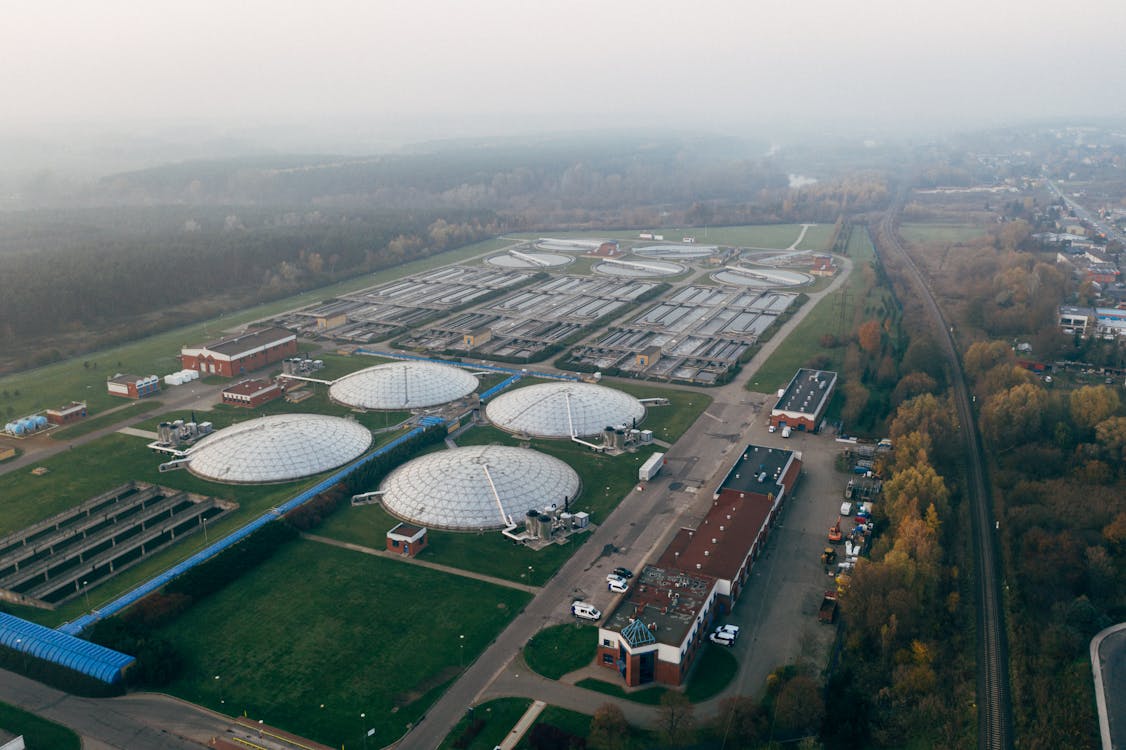
In addition to removing harmful copper ions for the purposes of public health safety, ZIOS poses the opportunity to mine heavy metals from wastewater. "Today's water treatment systems are 'bulk separation technologies' - they pull out all solutes, irrespective of their hazard or value," explained co-author Peter Fiske. "Highly selective, durable materials that can capture specific trace constituents without becoming loaded down with other solutes, or falling apart with time, will be critically important in lowering the cost and energy of water treatment. They may also enable us to 'mine' wastewater for valuable metals or other trace constituents."
The researchers intend to continue their investigations in order to develop further techniques for the selective removal of other pollutants. "In water science and the water industry, numerous families of materials have been designed for decontaminating wastewater, but few are designed for heavy metal removal from acidic mine drainage. We hope that ZIOS can help to change that," said Urban.
Sources: Nature Communications, Eureka Alert

